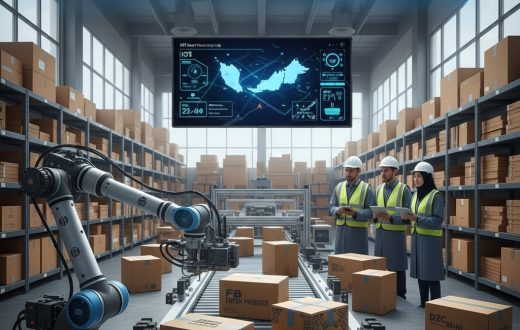The Environmental Marvel of Corrugated Cardboard
In an era where environmental consciousness is paramount, corrugated cardboard emerges as a sustainable packaging solution that’s revolutionizing how we think about packaging materials. Its environmental benefits extend far beyond simple recyclability, making it a crucial player in the fight against packaging waste.
Highly Recyclable Material
Corrugated cardboard boasts impressive recycling credentials:
- Can be recycled up to 7-10 times before fiber degradation
- 96% recycling rate in many developed countries
- Requires minimal processing for recycling
- Supports closed-loop manufacturing systems
Biodegradable and Compostable
When it comes to end-of-life disposal:
- Natural decomposition within 2-6 months
- No harmful residues or toxins
- Enriches soil when composted
- Reduces landfill burden
Sustainable Production Process
The manufacturing of corrugated cardboard prioritizes environmental responsibility:
- Uses primarily recycled materials
- Requires less energy compared to plastic production
- Minimal water consumption
- Lower carbon footprint
Energy-Efficient Transportation
The design of corrugated cardboard offers logistical advantages:
- Lightweight nature reduces fuel consumption
- Flat-pack capability maximizes shipping efficiency
- Stackable design optimizes storage space
- Reduces overall transportation emissions
Renewable Resource Base
The primary materials come from sustainable sources:
- Made from managed forest resources
- Trees are continuously replanted
- Supports forest conservation efforts
- Promotes biodiversity
Reduces Plastic Waste
Corrugated cardboard helps combat plastic pollution:
- Provides a viable alternative to plastic packaging
- Decreases demand for petroleum-based materials
- Reduces ocean plastic pollution
- Supports plastic reduction initiatives
Economic Benefits of Environmental Responsibility
The environmental benefits translate to economic advantages:
- Lower disposal costs
- Reduced environmental compliance expenses
- Positive brand image
- Consumer preference for eco-friendly packaging
Future Innovations
The industry continues to evolve:
- Development of water-resistant coatings
- Enhanced strength-to-weight ratios
- Smart packaging integration
- Improved recycling technologies
Best Practices for Environmental Impact
To maximize environmental benefits:
- Always recycle when possible
- Minimize contamination
- Reuse boxes when appropriate
- Support manufacturers using recycled content
Consumer Impact
Individual choices matter:
- Choose products in corrugated packaging
- Properly recycle used boxes
- Support businesses using sustainable packaging
- Spread awareness about environmental benefits
Conclusion
Corrugated cardboard represents a crucial step toward sustainable packaging solutions. Its combination of recyclability, biodegradability, and sustainable production makes it an environmentally responsible choice for businesses and consumers alike.
Tips for Businesses
- Implement corrugated packaging programs
- Educate customers about recycling
- Partner with sustainable suppliers
- Track environmental impact metrics
Looking Ahead
The future of corrugated cardboard looks promising:
- Continued technological improvements
- Enhanced environmental performance
- Greater consumer awareness
- Expanded applications
As we move toward a more sustainable future, corrugated cardboard will undoubtedly play an increasingly important role in environmental conservation efforts.







